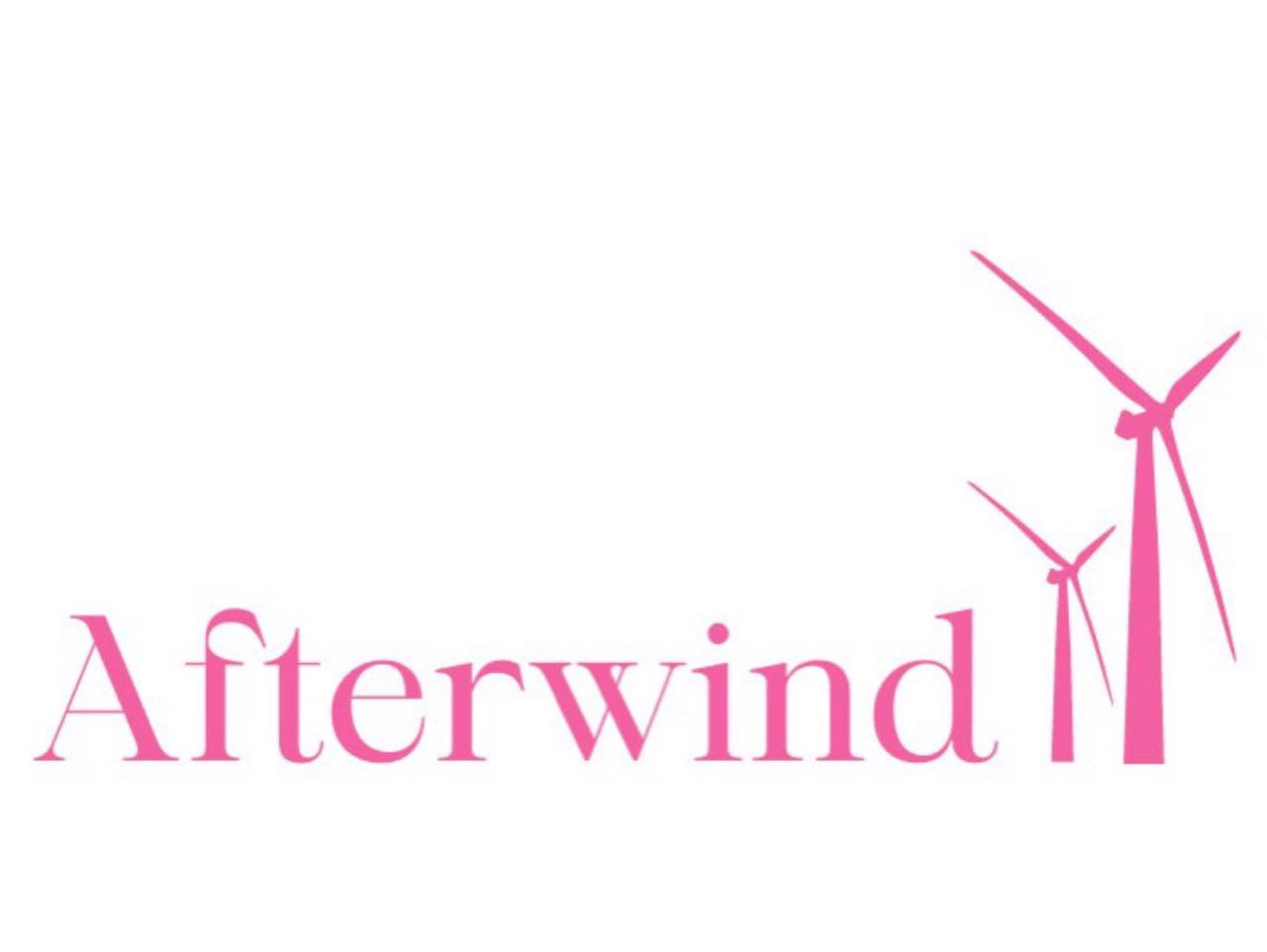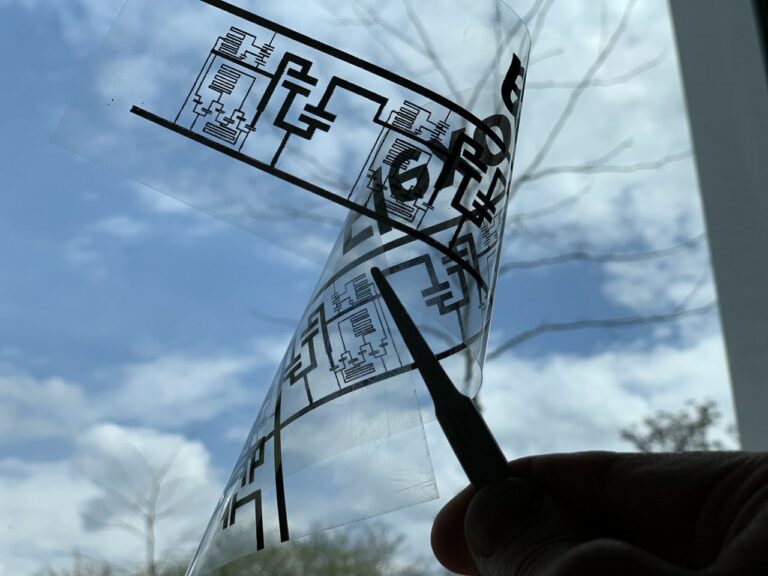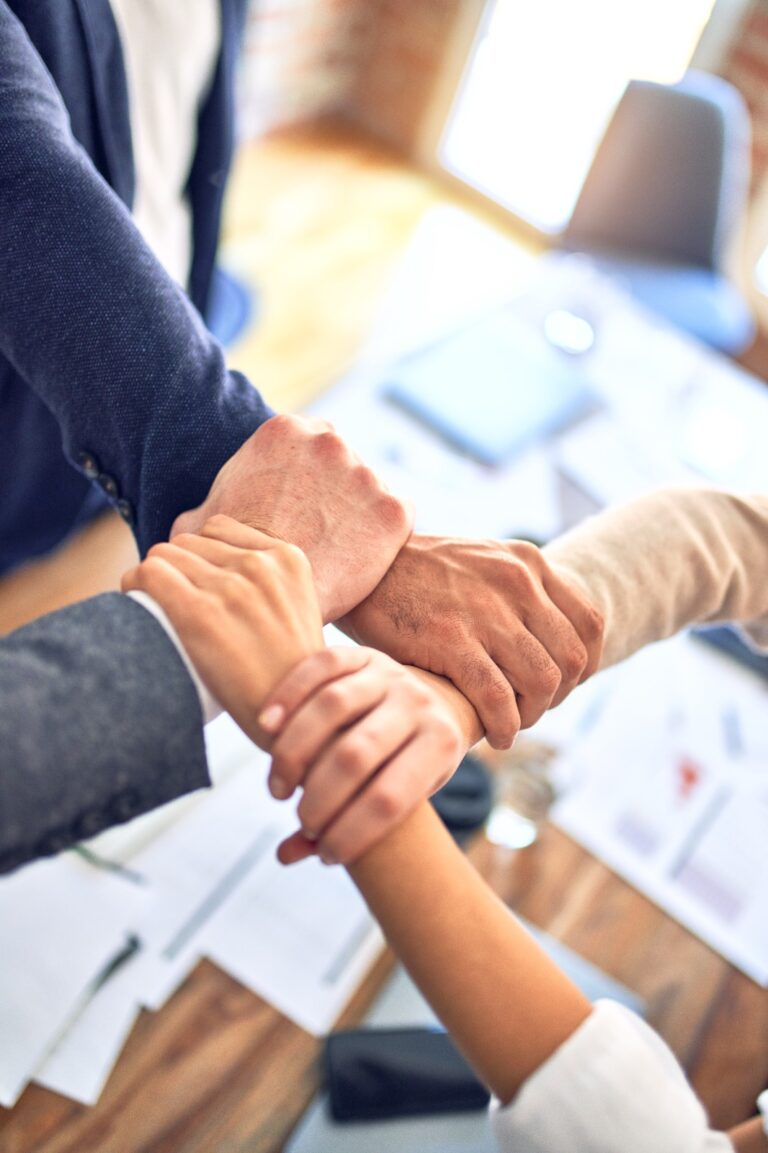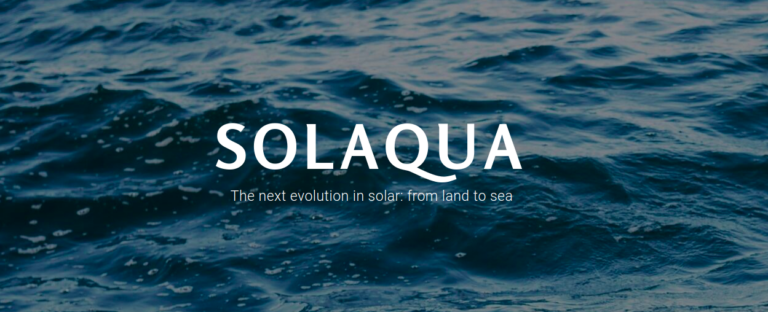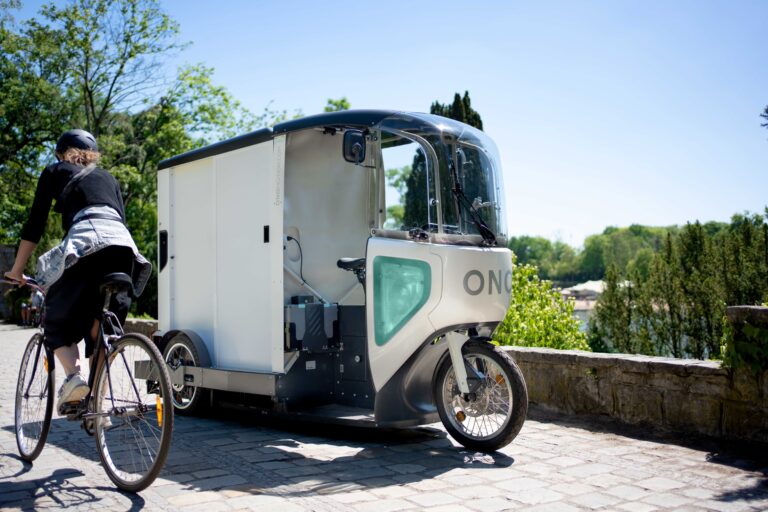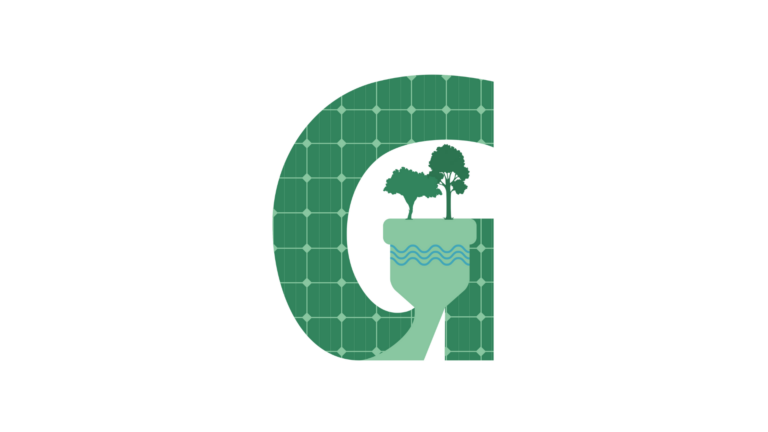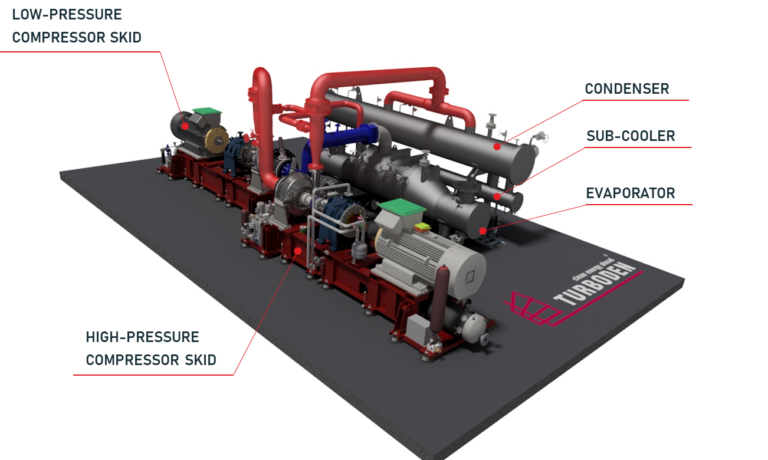Afterwind – Revolutionary Recycling of Wind Turbines: Part 1
The Turner MIINT competition, hosted annually by the ESG Initiative at Wharton Business School, empowers the next generation of investors to “think like an impact investor.” Students worldwide engage in rigorous due diligence processes, assessing early-stage impact venture capital deals and presenting their findings to an expert judging committee. This year marked the 13th edition of the competition. The victorious team earns international acclaim and a remarkable $50,000 investment into the featured company, highlighted in their groundbreaking presentation and due diligence.
This year’s winning team consists of Zeib Khwaja, Shahvir Poonivala, and Yen Tran Hai, featuring the startup Afterwind, which developed a revolutionary process of recycling 100% of wind turbine blades into new blades. Blades are made of tough composites, and current processes are not really advanced: Either they are not recycled at all or, at best, just made into secondary applications like concrete or other construction materials. Afterwind‘s clear and simple vision of turning old blades into new blades differentiates it from its competitors.
In today’s interview with Afterwind’s Co-founder and CTO Henrik Selstam, we learn what Afterwind is all about. In a second edition of this blog, we will learn what makes Afterwind an impact investor favorite featuring Zeib Khwaja and Sune Bertelsen.
Why did You Start Your Startup?
Afterwind was founded in 2023 to address a significant issue in the recycling industry. By 2050, it’s expected that 43 million tons of wind turbine blade materials will end up in landfills, and at present, there’s no sustainable or scalable solution to this problem.
Our founding team has worked together for years: we are a team of entrepreneurs, experts in true, circular recycling and committed to building a sustainable future. we recognized that we have the skills, experience, and technology that could help close the wind industry recycling gap, and we developed a solution to tackle this issue. The founding team has worked together in the recycling business for 15+ years, focusing on waste-to-energy conversion (Quantafuel), rubber recycling (Wastefront), and textile recycling (Rewin), to name a few. Afterwind is the next step of our journey – built on technologies and know-how developed through previous ventures, which have allowed us to get started quickly and make an impact in the industry.
Afterwind’s purpose is true recycling of wind turbine blades – we do not downcycle materials into lower-grade products, rather partner with leading industry players to manufacture recycling materials that can be reused in the production of new wind turbine blades (or products of equal quality).
What is Your Product?
Afterwind provides transparent, true recycling services for the wind industry.
Henrik Selstam, Co-founder and CTO of Afterwind
We specialize in recycling end-of-life wind turbine blades through a combination of mechanical and chemical recycling methods.
The output is primarily made of separate glass fiber and epoxy resin, and is optimized to meet customer manufacturing processes in terms of length, strength, and cleanliness of the final product. Our tests indicate that 75% of wind turbine blades and up to 95% of energy can be recovered.
Ensuring traceability is crucial for promoting Extended Producer Responsibility (EPR) best practices, and it’s also a key requirement from our customers. For instance, it’s essential to track the origin and destination of materials and understand their carbon footprint. Afterwind monitors the entire journey of every blade, from sourcing to the point of completion. Technical and environmental data is then made available to our customers, who can keep up to date with the progress of their materials.
Manufacturers are rethinking their approach to product design by prioritizing recycled and sustainable materials. This shift is set to spark a major industry transformation and reshape the way we tackle composite projects in the future. It’s a hot topic among the companies I’ve engaged with. Like every major shift, it will take time, but it promises to completely revolutionize the use of resources in industrial projects toward a sustainable future. Exciting times ahead!
Julia Minici, Co-Founder at Afterwind
What are the advantages of your approach?
Lower environmental impact – We continuously work to contribute to a greener and more circular wind energy industry through our efforts to recycle wind turbine blades. At the same time, we ensure that our own journey towards this goal is as sustainable as possible – prioritizing low carbon emissions recycling methods and 100% renewable energy sources.
The fit-for-purpose, modular design of the recycling facilities, built close to customers, allows us to get started quickly, expand as needed, and make the facilities adaptable to various locations and industrial demands.
High-quality output – for example, the strength of the recovered glass fiber coming out of the first step of the process is close to 1:1 to virgin glass fiber.
What are Your Current Challenges?
It’s a journey. Like any major shift in business, the ability to manufacture wind turbine blades using fully recycled materials will take time. There is a strong demand from end-users and great interest from industry leaders to become even more sustainable. However, changing proven processes and manufacturing methods will not happen overnight. After all, the main purpose of wind turbine blades is to create energy in the most efficient, affordable, and sustainable way possible – and we cannot compromise on that.

Price and subsidies pose a challenge to the widespread adoption of recycled materials – and this is true in the case of Afterwind as well. A report from Glass Fibre Europe points to the increasing demand for glass fiber in recent decades, driven by the development of new products and applications in sustainability and climate goals. Despite the European glass fiber industry’s ambitions to become carbon-neutral by 2050 and having strategic goals aligned with EU green objectives, the European market situation faces challenges. Competition from Chinese state-owned companies, subsidized imports, and high energy prices put pressure on the European industry. Therefore, the European glass fiber industry has made a call for the European Commission to implement policies that ensure fair competition and support the competitiveness of the industry. Since there is a need for a change, this challenge will be addressed.
What are Your Future Plans?
We are expanding our operations by increasing our capacity and optimizing our processes. Moreover, we always seek to improve our practices and aim to steadily enhance our waste management capabilities and accelerate our research and development initiatives to discover innovative methods and materials for recycling. We have just commenced our journey and aspire to create a long-lasting positive impact on the wind energy industry, the stakeholders we engage with, and the communities we serve.
Whom to Contact?
Are you feeling inspired by this exciting idea and eager to explore more? Reach out to Henrik for a delightful discussion, or simply visit Afterwind to learn more about their work.
Stay tuned for our next edition featuring the interview with Zeib, and Sune from PURE PLANET [Just Green Capital] where we learn about Afterwind from an investment perspective.
